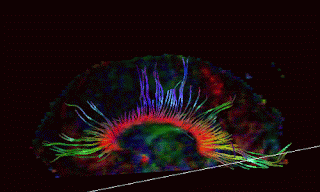The first time a client of mine got an abnormal 3T MRI, I was so ecstatic, I thought my job had completely changed. It didn’t. The words “clinical correlation required” became an integral part of each case and frankly, it is a good thing it did. “Clinical correlation required” in essence means that did this person suffer a change in the way his brain was functioning, at a point in time consistent with the pathology that is being seen on the scan.
That is what being a brain injury lawyer is all about. Taking the technical findings of various subspecialist in the field of brain injury and putting them in front of a jury in a way that the jury can clearly see that the traumatic event, resulted in a change in this person, which is clearly related (correlated) to the brain damage that could be suffered in the accident. Without the real world picture of how this human being has been changed, with the line of demarcation of the accident, one can simply not make a diagnosis of brain injury.
I have been saying that same thing since I first wrote a web page on brain injury in 1996. Here is the words and the graphics I said at that time:
They are:
1. Sufficient Biomechanical Force;
2. One of the Four Acute Symptoms of the Rehab Congress’s definition, i.e.:
a) any period of loss of consciousness,
b) a change in mental state as a result of the accident,
c) amnesia, or
d) focal neurological deficits;
3. Neuropsychological Deficits; and
4. A Changed Person.
Click here for those words I first wrote in 1996.











